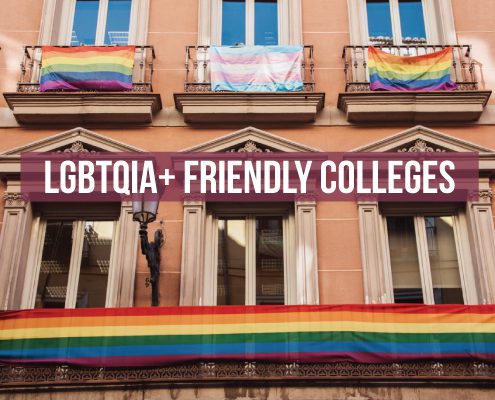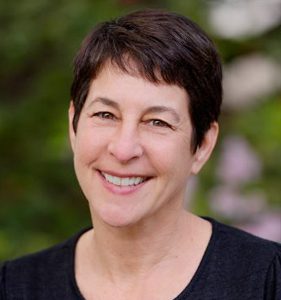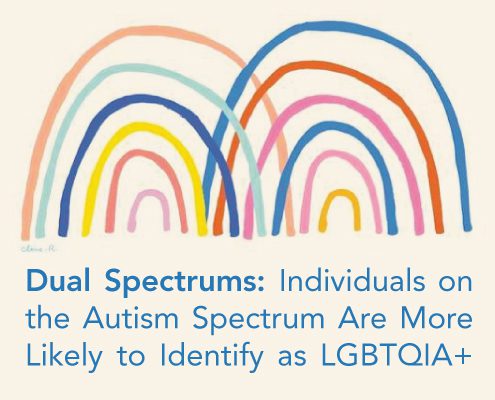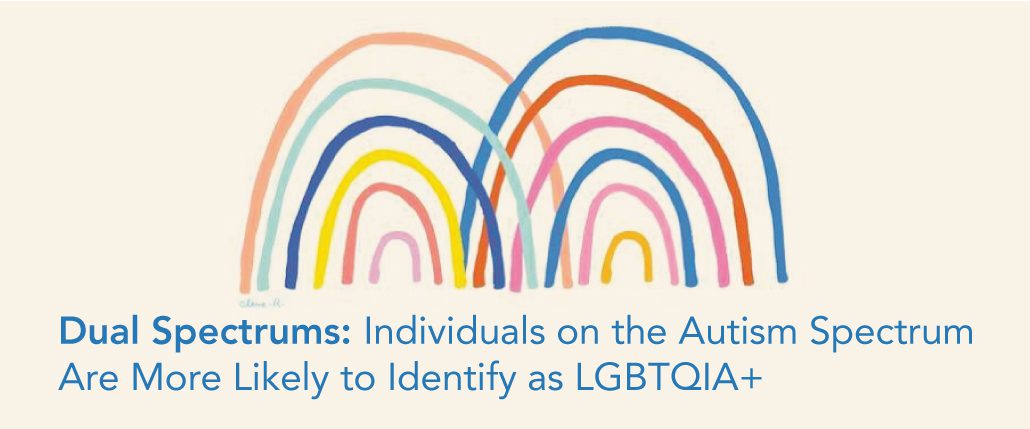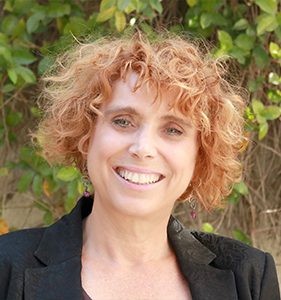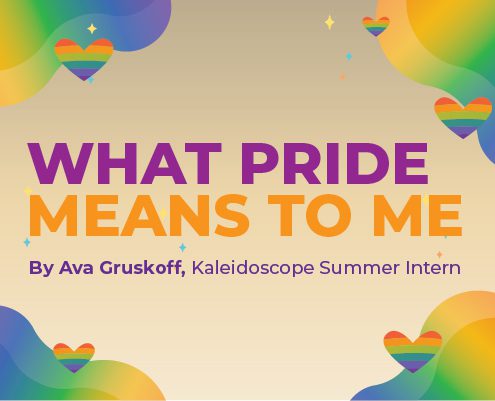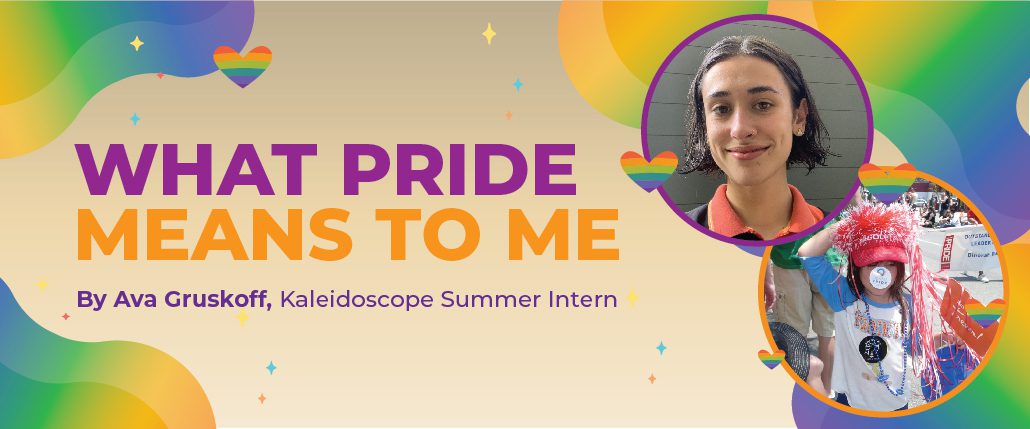LGBTQIA Friendly Colleges
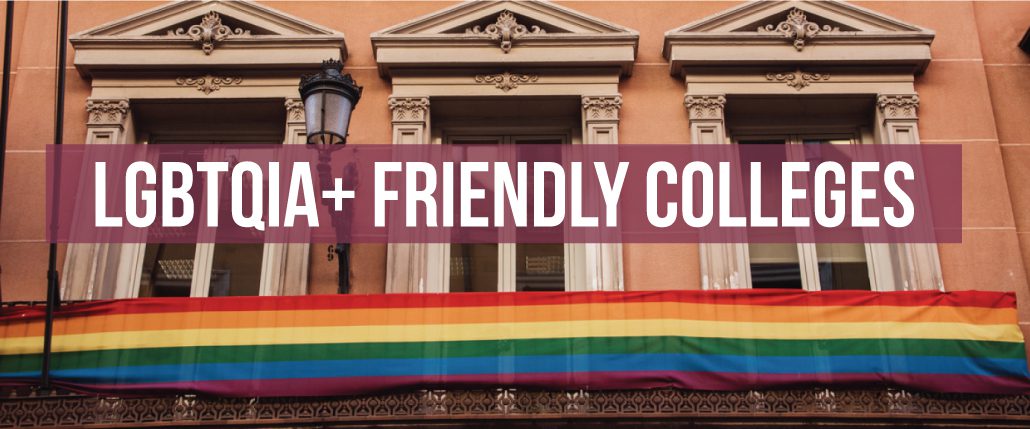
LGBTQIA Friendly Colleges
For many neurodivergent and neurotypical high school students, the college application process is an overwhelming one. Many soon-to-be graduating highschoolers worry that there is only one school that they are truly meant to attend. But that is a myth, and “dream” schools simply do not exist. The reality is that most students, depending on how they choose to spend their time, can receive an excellent education by attending almost any college or university.
For neurotypical and neurodivergent LGBTQIA+ high school students, however, it is important to choose a college where they can feel safe and supported on campus. With a few exceptions, such as all-women’s colleges and HBCU’s (Historically Black Colleges and Universities), most colleges try to appeal to students who identify as cisgender and heterosexual. This is why LGBTQIA+ students — and any student with a queered identity — should consider whether or not the colleges on their list have histories of supporting the marginalized identities within their student body. Many colleges and universities now have implemented LGBTQIA+ inclusive policies and programs such as:
- Clear non-discrimination policies in place.
- A vibrant LGBTQIA+ student life.
- Academic options for LGBTQIA+ classes and majors.
- Gender-inclusive housing and restrooms.
- LGBTQIA+ specific health care options.
- Active campus safety trainings and procedures.
LGBTQIA+ supportive policies have helped many college campuses to become safe environments for LGBTQIA+ students to exist, learn, and grow. Still, some institutions offer LGBTQIA+ students more support than others. One way to find out about a college’s relationship with LGBTQIA+ students is by looking at their Pride Rating.
Campus Pride, one of the leading nonprofit organizations working to create LGBTQ-friendly learning environments at colleges and universities, operates a database called the Campus Pride Index. This website can serve as an assessment tool for LGBTQIA+ students as they search for the campus they want to attend. It’s search criteria include the usuals — state, type, size, locale — with one important addition: a Pride Rating, on a scale of 1 to 5 stars. Campus Pride’s research group considers 8 factors when determining a schools Pride Rating, which are as follows:
- LGBTQ Policy Inclusion
- LGBTQ Support & Institutional Commitment
- LGBTQ Academic Life
- LGBTQ Student Life
- LGBTQ Housing
- LGBTQ Campus Safety
- LGBTQ Counseling & Health
- LGBTQ Recruitment and Retention Efforts.
Based on the presence or absence of these factors, a school is ‘ranked’ on a scale of 1 to 5 stars to indicate whether or not they have a history of supporting LGBTQIA+ students with policy, practice, and resource allocation. Being informed about which colleges are supporting the needs of LGBTQIA+ students can definitely help you narrow your choices.
If you are attending a college that has a high Pride Rating, let us know so we can share that information with our Kaleidoscope community. You can DM us on Instagram at kaleidoscopelgbtq or tweet us at @KaleidoscopeLGBTQ
We hope that everyone in the LGBTQIA+ community has the opportunity to attend a college where LGBTQIA+ students feel safe, welcomed, and valued to allow for a college experience that is positive and rewarding.
